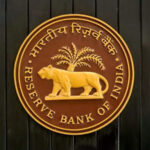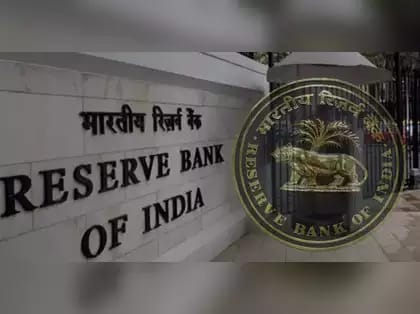 Understanding the Repo Rate Cut
Understanding the Repo Rate Cut
The Reserve Bank of India (RBI) has announced a significant reduction in the repo rate, from 6.50% to 6.25%. This 0.25% cut stimulates economic growth by making borrowing cheaper for businesses and consumers. The repo rate is the rate at which the RBI lends money to commercial banks, and a reduction in this rate typically leads to lower interest rates on loans and mortgages.
Impact on Market Inflation
The decision to cut the repo rate is expected to have a mixed impact on market inflation. Lower borrowing costs can lead to increased spending and investment, which can boost economic activity. However, if the increased demand outpaces supply, it could lead to higher prices and inflationary pressures. The RBI must carefully monitor these dynamics to ensure that inflation remains within its target range.
 What This Means for Consumers and Businesses
What This Means for Consumers and Businesses
For consumers, the reduction in the repo rate could mean lower interest rates on home loans, car loans, and other types of credit. This could make it more affordable for individuals to finance big-ticket purchases. For businesses, cheaper borrowing costs can lead to increased capital investment, expansion, and potentially more job creation. Overall, the rate cut is expected to provide a boost to the economy, but its effectiveness will depend on how quickly and efficiently the benefits are passed on to end-users.
Conclusion
The RBI’s decision to cut the repo rate to 6.25% is a proactive measure to support economic growth in a challenging global environment. While the move is likely to provide some relief to consumers and businesses, it will be important to keep an eye on inflation and other economic indicators to ensure that the benefits of the rate cut are realized without unintended consequences.





[…] today’s fast-moving financial world, hesitation can cost you dearly. If the Latest RBI Repo Rate News 2025 brings a cut in rates, this is your chance to secure lower-interest loans before banks adjust their […]